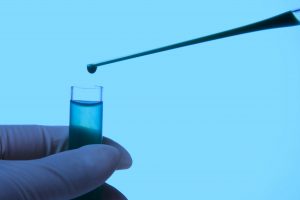The field of regenerative medicine is ever expanding and evolving. As more viable options become available to patients, it’s important to stay abreast of regulation surrounding many of these applications.
In late 2019, the Food and Drug Administration (FDA) began informing the public of multiple reports of serious adverse events experienced by patients who were “treated” with non-FDA approved products marketed as containing exosomes. As a general matter, exosomes used to treat diseases and conditions in humans are regulated as drugs and biological products under the Public Health Service Act and the Federal Food Drug and Cosmetic Act and are subject to premarket review and approval requirements. At the time of the 2019 warning, there were no FDA-approved exosome products and the FDA since then has not put out any new guidance.Continue reading

 By:
By: 
 By:
By:  By:
By:
 By:
By: